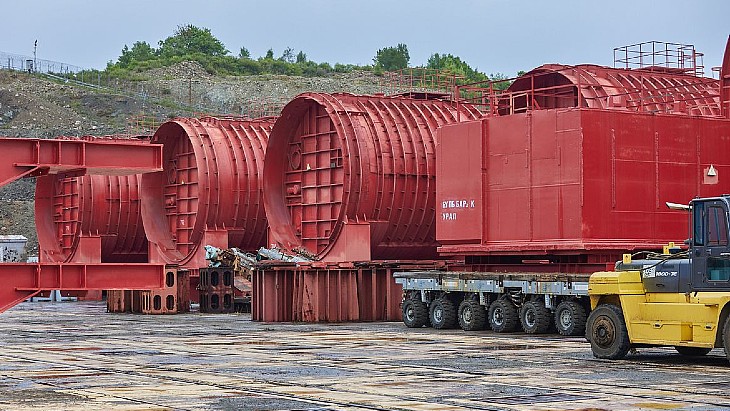Second contract for Sellafield waste storage boxes
Sellafield Limited has awarded a contract worth up to £50 million ($78 million) to Darchem Engineering Limited for stainless steel storage boxes to store historic radioactive waste retrieved from a silo at the UK's Sellafield site. It follows the award of a similar contract earlier this month to Metalcraft.
The three-meter-cubed boxes will be used to store safely and securely historic intermediate-level waste (ILW) to be retrieved from the Pile Fuel Cladding Silo (PFCS) at the Sellafield site. The silo has six compartments and currently holds more than 3200 cubic metres of waste.
Sellafield Ltd said that in the first phase of the contracts, Darchem and Metalcraft will have to prove volume production can be achieved to the required quality and throughput rate. The second phase for steady state volume production to manufacture in total some 2200 boxes will then be awarded subject to performance, it said.
Sellafield Ltd managing director Paul Foster said, "This announcement demonstrates our total commitment to ensuring value for money for the UK taxpayer, whilst underpinning a relentless drive for risk and hazard reduction at Sellafield."
The PFCS is one of the site's four legacy pond and silo facilities. Commissioned in 1952, the facility's primary role was to receive and safely store radioactive fuel cladding from the military project at Windscale. As Magnox power stations started to generate electricity for domestic use, it also received fuel cladding from the Calder Hall and Chapelcross power stations. The silo was filled by 1964.
A Waste Retrieval Facility (WRF) superstructure has been built alongside the PFCS and remotely-operated equipment will retrieve the historic waste from the silos and package it into the three-meter-cubed storage boxes, which will then be transported to safe interim storage.
Stockton-on-Tees based Darchem has previously supplied Sellafield with an access gantry to support the recent retrieval of radioactive sludge from one of the historic nuclear fuel storage ponds.
Researched and written
by World Nuclear News
_17992.jpg)
_75800.jpg)







_66488.jpg)


